New Insect School a sign that the emerging insect farming sector has support if not (yet) a lot of sales
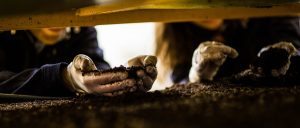
The black soldier fly (BSF) continues to generate buzz in aquaculture. Black soldier fly larvae is being developed as a sustainable and highly nutritious feed ingredient – one seen as a replacement or supplement for global fishmeal supplies – for aquafeeds and beyond.
Black soldier fly larvae production is not only seen as a circular economy story, but also seen a potential solution to the bottleneck in aquaculture development in Europe, where expansion has been hampered in part by a reliance on fish-derived proteins and oils, according to a recent study in Frontiers in Physiology.
As such, the BSF market is expected to expand to balloon to $3.96 billion by 2033, according to Meticulous Research, growing 30.5 percent in that time.
Companies working with BSF “are really well positioned to make this a mainstream product and more widely accepted and used ingredient in the future,” said Mike Velings, co-founder and managing partner at AquaSpark, a Netherlands-based venture capital firm that is a shareholder in Protix. “Sales are still small today, but we think it will change quite rapidly in the next five years.”
The relatively high cost of BSF for aquafeed has been holding the industry back, but the reigns are starting to slacken, with multi-million-euro investments in new BSF facilities happening around the world, and a new school dedicated to just this research — and turning advancements in the lab into viable commercial products — opening just this summer.
Insect School – an academic and commercial hub
In June, Insect Engineers opened the Insect School, a 700-square-meter Netherlands facility that will be a hub for universities and commercial companies interested in expanding the knowledge and use of BSF. The school will “create a meeting place for all people who have interest in BSF farming,” said Bob Holtermans, CEO and founder of Insect Engineers.
The Insect School will also help make the translation between research and commercialization, he said. “There is so much good university research, but it mostly stops at the lab. To see if it is commercially viable, you need an additional step.”
The space and resources of the Insect School will give space for that work, whether it’s coming from university researchers or start-ups, from small research projects or work that requires 40 tons of substrate. “Growers can also use the Insect School to test their substrate and related yields, so they don’t need to build their own pilot facilities,” Holtermans said.
Researchers are initially coming from the universities in the Netherlands, including Wageningen University & Research and HAS University of Applied Sciences, but since the opening, the Insect School has generated interest from around the world, Holtermans said. The most recent practical research done there was from Kenyan researchers.
Meta-analysis of the effects of black soldier fly meal on fish growth
Growth and investment continues
Despite concerns about a global recession, investment and expansion of BSF operations continues. Chloé Phan Van Phi, vice president of technical sales and marketing at Innovafeed, said that global concerns about food have pushed this work ahead. “The geopolitical context has accelerated the market interest for novel ingredient sources both on the lipid, protein side to diversify and limit the environmental impact of our food basket,” she said.
In June, Innovafeed extended its partnership with Cargill to provide insect protein for salmonid feed that Phan Van Phi said will allow the company to multiply its impact by “pioneering large-scale inclusion of insect ingredients with salmonids feed to produce more salmons in a sustainable and performant way.” They estimate the partnership will be saving up to 160 kT of carbon dioxide every year.
In addition to operating two production facilities in France that have a total capacity for 15kT of insect protein, Innovafeed will also start building a factory in Decatur, Illinois by the end of this year that should be operational by 2025. They are targeting 300kt of production by the end of 2030.
In February 2021, Protix raised €15.5 million in funds, including a 7.5 million euro investment from Dutch investment agency Invest-NL in its first investment in protein transition. It then raised another €50 million in February of this year to fund international growth. The company is “getting ready for the next step and for international expansion,” Aqua-Spark’s Velings said, to grow upon work they’re doing and “get more product to market and reduce costs.”
For BSF to take off as a viable aquafeed ingredient, Velings thinks that costs still need to come down further. He anticipates that expansion of BSF as a protein source will happen in “other markets first that have a higher price point, like pet feed” before taking off as aquafeed, and that advances in use for all kinds of feed will happen simultaneously.
“Last year, we saw more or less incremental change, but it’s really important incremental change,” he added.
Follow the Advocate on Twitter @GSA_Advocate
Now that you've reached the end of the article ...
… please consider supporting GSA’s mission to advance responsible seafood practices through education, advocacy and third-party assurances. The Advocate aims to document the evolution of responsible seafood practices and share the expansive knowledge of our vast network of contributors.
By becoming a Global Seafood Alliance member, you’re ensuring that all of the pre-competitive work we do through member benefits, resources and events can continue. Individual membership costs just $50 a year.
Not a GSA member? Join us.
Author
-
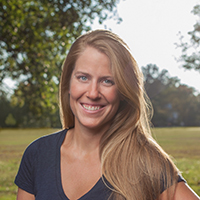
Jen A. Miller
Jen A. Miller is a New Jersey-based writer whose work has appeared in everything from The New York Times to Engineering News Record.
Tagged With
Related Posts
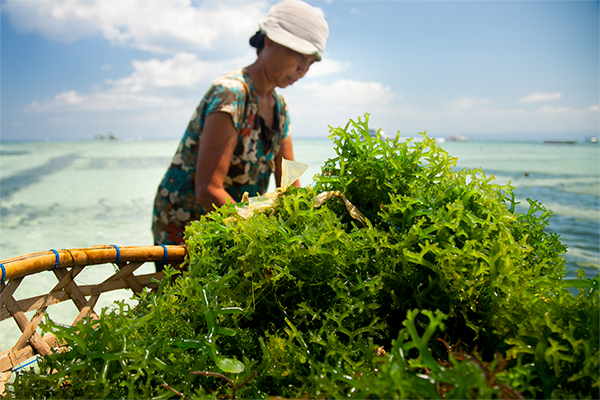
Intelligence
A seat at the table: Fed By Blue team says aquaculture needs a stronger voice
In Fed By Blue, star power and a women-led production team aim to prop up farmed seafood with a focus on the message: Blue foods are the future.

Intelligence
Can aquaculture gain steam from geothermal energy?
China, Iceland and the United States are only just tapping into what could be a growing resource for seafood production: geothermal energy.
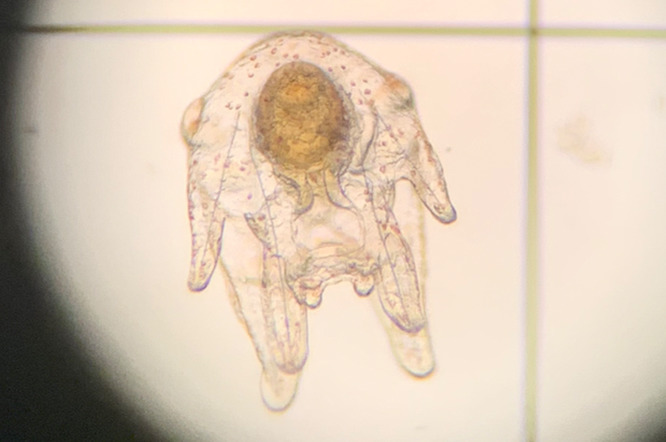
Intelligence
An urchin opportunity awaits in New England
To both restore waterways and meet a growing demand for the so-called “foie gras” of the sea, researchers are stepping up efforts to restore green sea urchins.
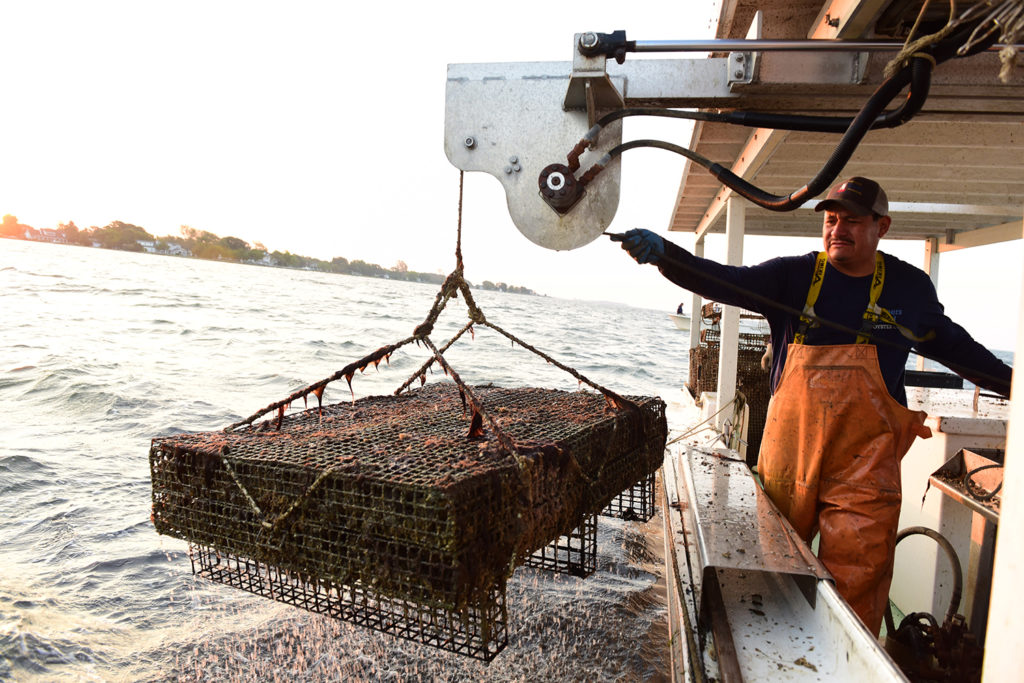
Responsibility
Can shellfish growers cash in with nutrient trading?
In Maryland and Virginia, developers can buy credits from oyster farmers to offset their assumed environmental impacts. Can "nutrient trading" work?


